DEKTON FOR YOUR HOME, FLOORS, AND PAVEMENTS
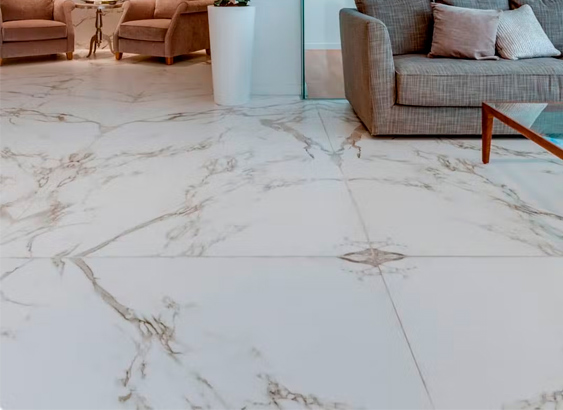
Large format and minimal joints.
Dekton allows you to create outdoor and indoor floors with great visual continuity and maximum durability, thanks to its XL format and its mechanical resistance.
Advantages of Dekton Floors
• Highly scratch resistant, cookware does not scratch Dekton
• Resistance to stains, Dekton countertops resist the most difficult stains, allowing easy cleaning and maintenance.
• Resistance to fire and heat, Dekton resists high temperatures avoiding damage to its Surface
• Reduced water absorption. Dekton's almost zero porosity prevents the absorption of water and other liquids, thus facilitating cleaning.
• Resistant to abrasion, Dekton has enormous resistance to abrasion, ideal for work surfaces with intense use.
• High impact resistance, high resistance to daily impacts and knocks
Infinite and personalized surfaces
Variety of thicknesses, Dekton colors are available in 5 thicknesses: 4, 8, 12, 20, and 30 millimeters.
Large Format, Enjoy visual continuity and a minimum number of joints, thanks to our 3200 x 1440 mm boards.
The Dekton collections adapt to all styles of decoration
Natural style, the beauty of natural stone, the protagonist of the Stonika collection, creates timeless and sophisticated spaces. Are you looking for a bright environment? Olimpo, which reproduces Carrara marble in a hyper-realistic way; Bergen, with marked greyish veining on a white background; or Taga and Arga, which evoke the quartzite of the Taj Mahal, are a sure hit.
Industrial style, the Dekton Industrial collection offers different models that refer to the imperfections of stone and metal aging. But unlike the original materials, the finishes of designs such as the classic Kreta and Soke cement, or the metallic Lunar, remain unchanged over time.
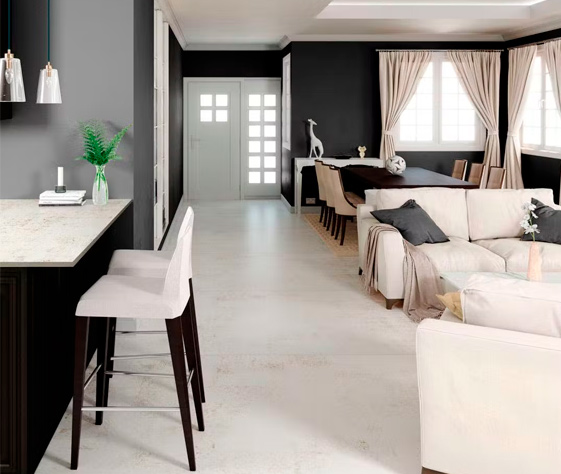
Easy maintenance and cleaning
Dekton resists stains, scratches, impacts, and high temperatures from tools recently removed from the fire and also remains unaltered by ultraviolet rays. Its almost zero porosity will provide you with the peace of mind of the easiest maintenance.
The importance of having adequate equipment to cut dekton and porcelain
Why do products such as Dekton need special/different tools than those that are used for cutting granite and marble?
Material hardness is the key to understanding why you need different tools to fabricate Dekton. The material has a
The cutting process requires trimming the edges to release tensions. Then you have to follow cutting recommendations, which include using plenty of water, the proper speed, feed rate, etc. Once you follow the rules, it’s a piece of cake.


In this sense, Dekton’s edge is very easy to work with since the material is very homogeneous, and it is easy to get very good results. Any fabricator can do it well on the first attempt.
What are some common mistakes that fabricators are making when it comes to cutting this material? And, what are some common mistakes with doing edging or doing sinkholes or something?
The main mistake is trying to fabricate Dekton as if it was a granite or quartz composite. You will fail if you use the same tools, speed rates, and so on. Another common mistake is trying to cut Dekton in uneven support. It is a common source of problems too.
Sometimes people ask about what machine is best to cut Dekton. I believe the key is not the machine but the tools and proper maintenance. I have seen people with very modest equipment doing amazing things and the other way around.
7 Keys for Cutting Ultra-Compact and Sintered Dekton and Porcelain Materials







It may seem too simple or too intuitive to matter, but less than adequate water AND hoses positioned incorrectly is the most common error causing headaches among cutting these materials.
One of the more overlooked aspects of successful cutting is, to the degree that your table is not level in the horizontal plane, vibrations will occur. This unevenness can result in chipping and likely breaking the edge of your slab.
As cliche, as it may sound, choosing the right blade for the material you are processing, is critical.
While each manufacturer of ultra-compact and sintered porcelain materials may, or may not have tensioning strips built into the perimeters of each slab, if they are not removed before cutting, the slab is at higher risk of cracking or breaking.
Using the same feed rate and RPMs you may be accustomed to when cutting other materials can be a recipe for trouble. Unlike fabricating more common materials such as marble and granite, we’ve seen the most success cutting ultra-compact and sintered porcelain materials when following a systemized approach is used.
While plunge cutting tends to be of little concern for most sawyers when cutting ultra-compact and sintered porcelain materials it can pose big problems resulting in cracking or breaking your slab.
Projects requiring a sink cut-out can be an obstacle many fabricators dread. Since we already know plunging is not the ideal way to go about this, what are your options? When preparing a sink cut-out, it is advised to drill each of the four corners with a 1/2” core bit before to start initiating cutting.
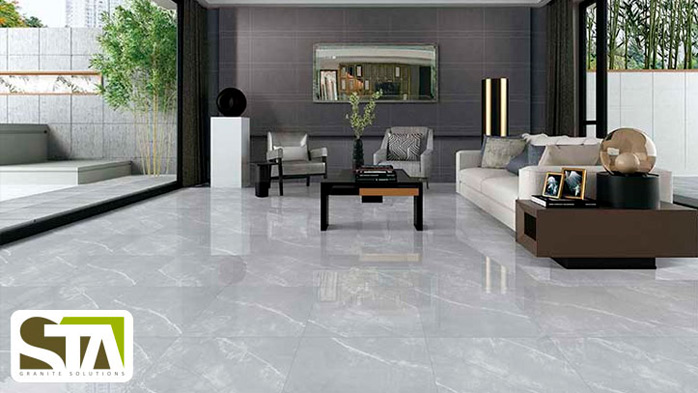
PORCELAIN FOR YOUR HOME, TILES
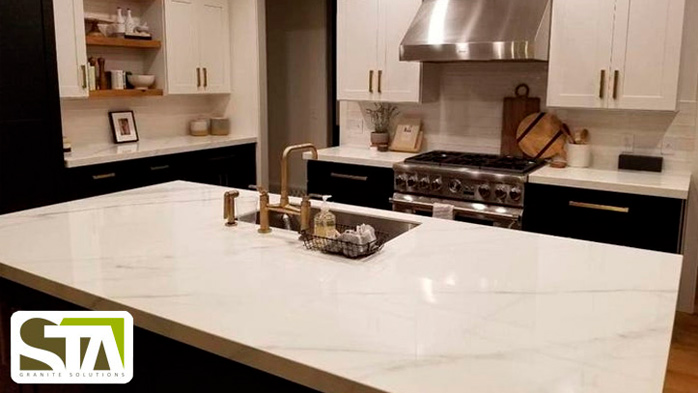
PORCELAIN FOR YOUR HOME, COUNTERTOPS FOR YOUR KITCHEN
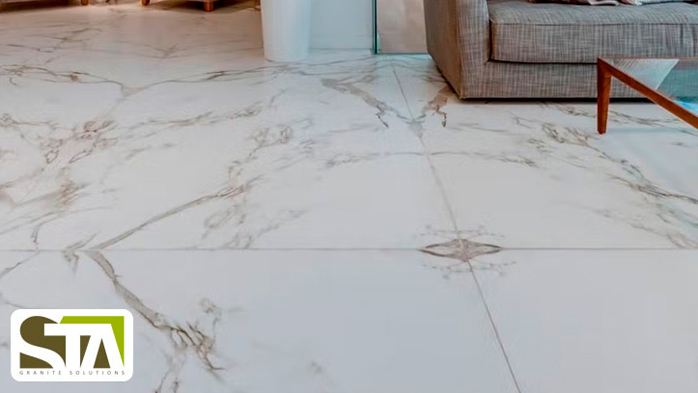
DEKTON FOR YOUR HOME, FLOORS, AND PAVEMENTS
- 1
- 2
- 3
- 4
- 5
- 6
- 7
- 8
- 9
- 10
- 11
- 12
- 13
- 14
- 15
- 16
- 17
- 18
- 19
- 20
- 21
- 22
- 23
- 24
- 25
- 26
- 27
- 28
- 29
- 30
- 31
- 32
- 33
- 34

